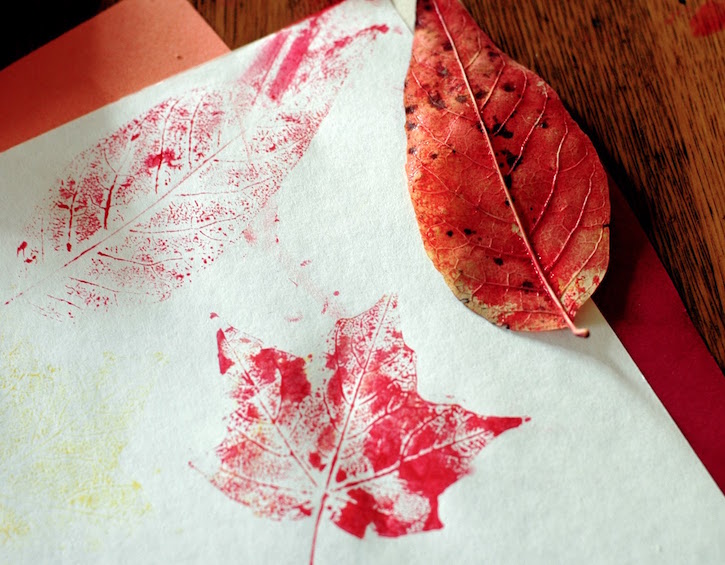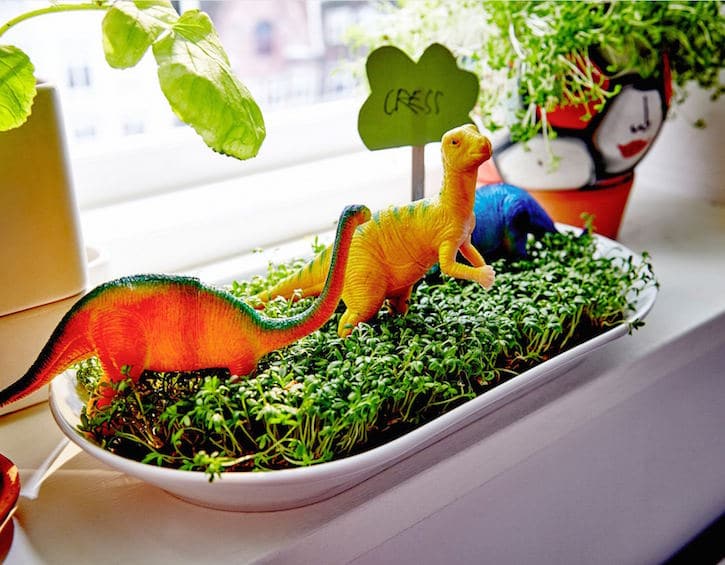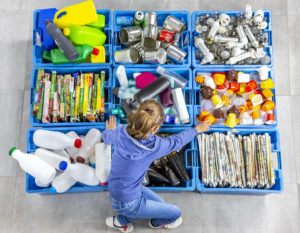





An educator shares five fun, FREE ways to get your little ones outside and engaging with nature in outdoor sensory play. Including a free printable to have on the go!
No matter how big your home might be, those four walls can be a real damper when it comes to having fun and embarking on some wild exploration. One of the great things about outdoor sensory play is that you’ll hardly have to clean up (maybe just the kids, though!).
Ready? Set? Let’s head outdoors!
Just a brief introduction of sensory play: it’s really about deliberately engaging your child’s five senses, along with their spatial awareness and balance. It’s a highly recommended type of play because the more these senses are engaged, the more highways are created in their brains to process their thoughts and emotions.
And these activities are a lot less complicated than they sound; all it takes is a little bit of creativity in exploring how each sense can be stimulated. While they can be introduced both indoors and outdoors, we like to take our play outside. If you’re stumped for ideas, here are a few of our favourites to get you started. Click through the gallery for 5 Sensory Outdoor Activity Ideas!
Check out: Vic’s The Bright Life’s workshops – Montessori for Helpers here and Montessori for Parents workshop here
 We’ve created a scavenger hunt sheet to help you get started. With this sheet, we decided to explore our sense of touch. We like heading to the places like East Coast Park or the Botanic Gardens for this activity. We also make sure to emphasize that many of the things we find should be left where they are so as to avoid infringing on any park rules. Other scavenger hunt list ideas can include one based on colours, or just listing down the name of the plants/flowers to familiarise children with the names of these flora.
We’ve created a scavenger hunt sheet to help you get started. With this sheet, we decided to explore our sense of touch. We like heading to the places like East Coast Park or the Botanic Gardens for this activity. We also make sure to emphasize that many of the things we find should be left where they are so as to avoid infringing on any park rules. Other scavenger hunt list ideas can include one based on colours, or just listing down the name of the plants/flowers to familiarise children with the names of these flora.
Read more: The Best Parks for Kids in Singapore
All you’ll need for this activity is acrylic paint, paint brushes, a jar of water to rinse the brushes and large sheets of paper (we use mah-jong paper for this, easily available at stationery shops). Have the kids look around for fallen leaves of different shapes and sizes. Once they’ve gathered their stash, it’s time to get painting! Using the brush, paint on one side of the leaf, and then plop it onto the mah-jong paper to print. The thinner the paint, the more obvious the details of the leaf. If you’d like to up the ante, you can bring some glitter for sprinkling, too.
This is a good one to have at home, even if you don’t have a garden. It’s all about bringing the outdoors in! From as young as one, children can already participate in a home herb garden. The simplest form of an herb garden can just be a few pots of herbs along a sunny area in the home. You start with selecting ones with different tastes, textures and smells. Rosemary, mint, basil and spring onions are some of our favourites, because they provide such a wide range of textures and smells. From woody stems, to soft limp ones, to those with no stems at all! Start with letting children water the herbs in a child-appropriate watering can, and let them prune the plants, ask them to describe the different textures they feel, and maybe talk about which they like or dislike. It’s also a fun way to introduce the kitchen to kids as these are all edible – you can show them how you will be incorporating the herbs into their meals.
Sand is messy, but sand is such a great platform for sensory tactile play. For starters, just letting kids explore the sand is already a good start, but if you’d like to introduce some fun games into the mix, here are some ideas. Hide and Seek is where you can show your child one to two items, and then bury them in the sand for them for find. This helps build their recognition and memory ability. Another would be re-enacting the scene from Godzilla, where you can build sandcastles using a bucket and have your child smash and destroy them. It’s good fun for the kids and they get a real thrill from this. Another way to experience sand is to try sand with water! The kids will immediately notice there’s a different quality to the sand once water is added. Let them explore the new things they can do with this wet sand, and definitely have buckets and shovels on hand. If you don’t a beach near you, there are indoor sand playgrounds which could be a good alternative.
Outdoor play is great for wee babies, too. I used to take my son out in the mornings, lay him on a blanket under a big tree so he could watch the leaves move, and the changing shadows and light cast upon his face. You can also blow bubbles, or just point out the different sounds you can hear from where you are sitting. It’s a gentle way to bring baby outdoors, and start introducing our big world to them in a serene setting. You can also let them touch the leaves and bring them close to the flowers. The colours are great for stimulating their vision, too.
It’s important to know the kind of engagement our kids need to feel satisfied in their learning and curiosity. To find out more, check out Victoria’s Montessori for Parents Workshops! She also conducts sessions to equip helpers, too.
Lead image by Michell Tam
Scavenger hunt image by Simple As That
Leaf printing image by Freshly Planted
Indoor herb garden image sourced via Live to Manage
Sand play image sourced via The Japan Times
Baby outdoor play image sourced via My Little Moppet






 View All
View All





 View All
View All







 View All
View All







